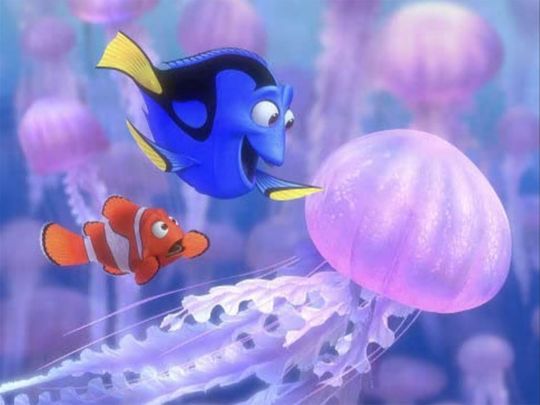
When a clownfish called Nemo charmed children and adults alike in Pixar's 2003 animated film Finding Nemo, conservationists were worried.
Click start to play today’s fish-themed Word Search.
The film depicted a father clownfish looking for his only son, who had been captured and sent to live in a dentist’s aquarium. Sadly, the movie’s message of saving marine life from captivity completely went over the heads of some viewers, since researchers found that the sales of clownfish skyrocketed after the film was released. They dubbed it the “Nemo effect”.
With clownfish already facing threats to their natural habitats, their sudden popularity meant that more than one million of the orange-and-white fish were removed from the ocean every year so they could be sold as ornamental fish. According to the Australia-based Saving Nemo Conservation Fund, their populations have declined by 75 per cent on reefs that are frequently harvested.
Considering the increased interest in these fish and the irreparable harm being caused to their habitats, the Saving Nemo Conservation Fund developed a global clownfish captive-bred program to eliminate the need for catching their wild counterparts.
But when Finding Nemo’s sequel, Finding Dory, came out 13 years later in 2016, it raised concerns again about whether the blue tang fish would be targeted in a similar way. If their numbers were affected in the wild, it would be disastrous, because it is extremely difficult to breed the blue tang in captivity. Even today, if you see a blue tang in an aquarium, it is a wild fish, harvested from the ocean.
However, conservationists received some good news when a 2019 study published in the Sweden-based scientific journal Ambio found that the Nemo effect did not extend to Dory, and people were not rushing to the shops to buy blue tangs. The researchers also looked at the snowy owl in the UK, which is the breed of Harry Potter’s beloved pet Hedwig. For both these creatures, there were more hurdles than usual to overcome when it came to purchasing them as pets.
In the case of the blue tang, which are found in the Pacific and Indian Oceans, in order for them to be sold in the US, they had to be not just harvested, but imported as well – an extra step that brought up international regulations, fees and restrictions. And with the snowy owl, in order to own one as a pet in the UK, a person would have to buy a special kind of ring with a registration number.
Would making it harder to own such animals help protect them in the wild? Play today’s Word Search and let us know at games@gulfnews.com.






